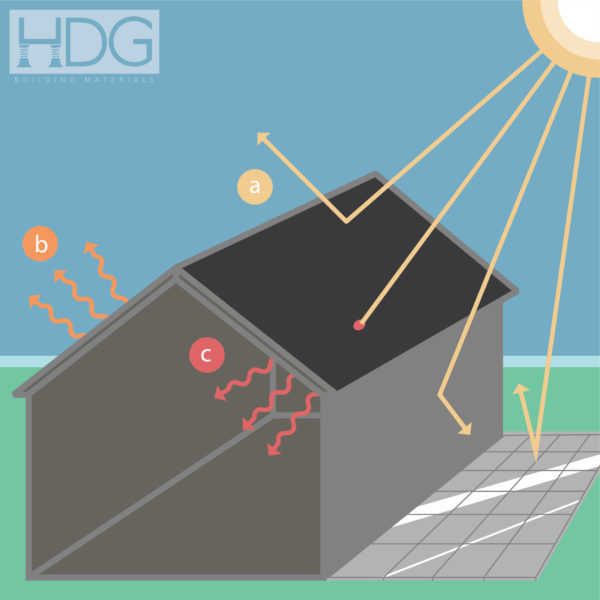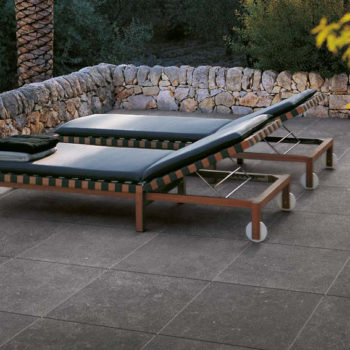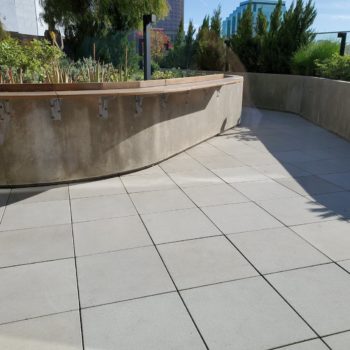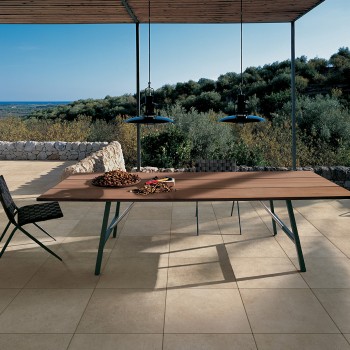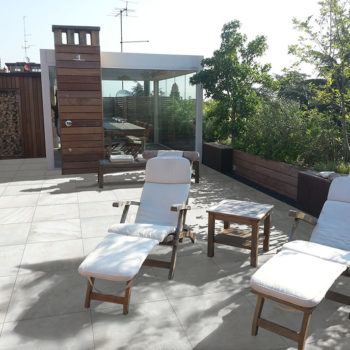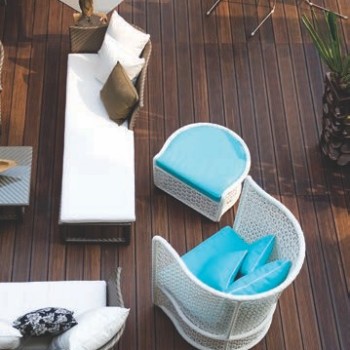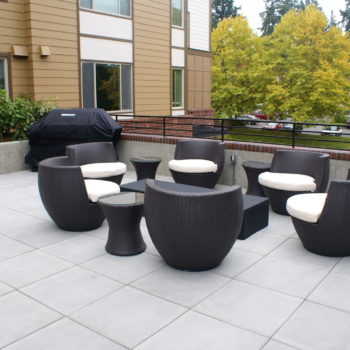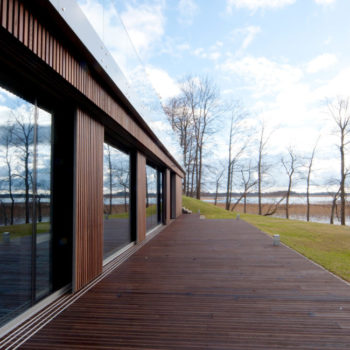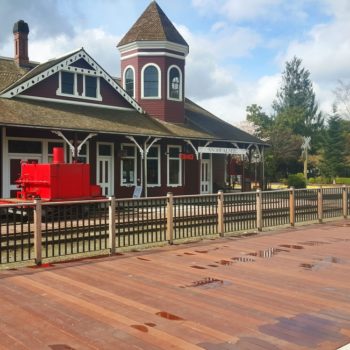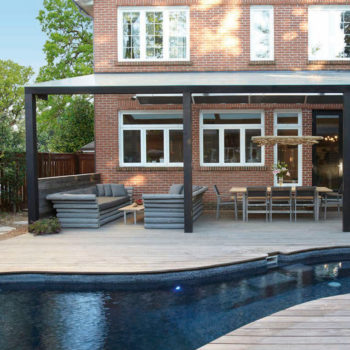How Hot Will the Surface Get?
Solar Reflectance Index (SRI) is one consideration in choosing building materials. This measure lets you know how hot the surface is likely to get in the presence of direct sunlight. This is relevant for decking surfaces that may get too hot for human comfort. Think pool surround and bare feet – human or canine. But, walkable barefoot comfort isn’t the only consideration.
Vertical surfaces are also subjected to the sun’s energy. Materials used in a building’s facade can influence the comfort within the structure and also impact the energy used for heating and cooling.
Solar Reflectance Index (SRI)
More technically speaking the sun’s energy is either reflected or absorbed by materials. When the sun goes away the materials then give off the previously absorbed energy; this is called thermal emittance.
The Solar Reflective Index (SRI) is a measure of the surface’s ability to stay cool in the sun by reflecting solar radiation and emitting thermal radiation. So, a material with a higher SRI is better able to reject solar heat. The lower the SRI, the hotter a material is likely to become in direct sunlight.


